This review has been supported by Chiara Cooper.
If you’d like to support the site, you can do so at my Ko-Fi page.
Released: 4 November 2022
Director: Andy Muschietti
Distributor: Warner Bros. Pictures
Budget: $200 to 220 million
Stars: Ezra Miller, Sasha Calle, Michael Keaton, and Ben Affleck
The Plot:
After realising the true extent of his superspeed, Barry Allen/The Flash (Miller) travels back in time to prevent the death of his mother, Nora (Maribel Verdú), and ends up breaking the timeline and teaming up with an alternative version of Bruce Wayne/Batman (Keaton) in order to set things right.
The Background:
After the Marvel Cinematic Universe became an unstoppable juggernaut, Warner Bros. scrambled to craft their own cinematic universe with Man of Steel (Snyder, 2013); despite the presence of acclaimed superstar Ben Affleck and reaping a hefty box office, Batman v Superman: Dawn of Justice (ibid, 2016) divided many and Warner Bros. got cold feet regarding Snyder’s vision for the DCEU. This resulted in two different versions of the big Justice League movie but, even though the future of DC’s live-action universe is questionable and a planned team-up between the Flash and Victor Stone/Cyborg (Ray Fisher) fell apart, development of a solo Flash movie continued onwards. Of course, the Scarlet Speedster is no stranger to adaptation, having been brought to life in numerous cartoons and live-action portrayals, most notably by John Wesley Shipp, Michael Rosenbaum, and Grant Gustin, and the character has often been at the epicentre of reality-bending “Crisis” events, but I don’t think anyone expected the Flash’s first solo feature to feature multiverse shenanigans. However, after taking the reins of the film, director Andy Muschietti set about not just returning Keaton to his iconic role, but also bringing back Ben Affleck to finish up his Batman tenure and introducing a version of Supergirl (Calle) to the DCEU. The aim was to both introduce the multiverse to the DCEU and streamline the continuity to address the negative criticism aimed at Warner’s prior efforts and, although the production was mired by an unfortunate on-location accident, COVID-19 delays, and Ezra Miller’s bizarre behaviour. In thw end, The Flash made $271.3 million at the box office and wasmet with generally positive reviews; most of these focused on Keaton’s return as Batman and the balance of emotion and humour, though the special effects and messy narrative drew some criticism and the future of the speedster was thrown into question when James Gunn came onboard and announced plans to reboot the DCEU.
The Review:
The Flash is one of the last holdouts of the DCEU as it existed for about ten years. It’s a film that has been so much development strife that I’m surprised it even got made and has always been something of an anomaly. On the one hand, producing solo movies for DC characters after their big team up is certainly one way to catch up to and separate themselves from the MCU, as is producing darker, grittier movies but that didn’t exactly last long, did it? I was actually onboard with the idea of each DCEU solo film featuring a team up between two of their characters to help speed things up, but my faith in The Flash was tainted by three very specific things. The first was Ezra Miller, who I’ve never really enjoyed in the role as he acts more like Bart Allen/Impulse than the more methodical Barry; the second was the decision to prey on nostalgia by bringing back Michael Keaton rather than actually try to solve the DCEU’s bonkers multiverse by resetting into Robert Pattinson’s new world; and the third was the bizarre decision to have the Flash’s first solo outing be an adaptation of Flashpoint (Johns, et al, 2011), a universe-altering event that not only ushered in one of the worst DC runs of all time for me but also painted Barry as a selfish and misguided man who broke the multiverse for the worst. I’ve talked about this a few times, but I don’t necessarily hate the idea of the multiverse, I just think it’s the sort of thing you should build up to, not rush into before we’ve had a chance to connect with the existing characters, and some of these issues are certainly present in The Flash.
The tone of the movie is established right off the bat as we catch up with Barry, still a forensic scientist and still as neurotic as ever. In a way, I understand Ezra’s portrayal of Barry as a constantly agitated, awkward social recluse; for him, even mundane tasks take too long and he’s constantly jittery thanks to the Speed Force, which allows him to run superhumanly fast, even up walls and in defiance of gravity, and to vibrate his molecules so he can pass through solid objects. However, Barry was clearly more than a little maladjusted before he got his powers; flashbacks tohis childhood show young Barry (Ian Loh) obsessing over numbers and quandaries and struggling to focus on one task at a time. Barry’s social skills haven’t improved all that much since his time with the Justice League; he talks rapidly and about absolute nonsense, goes off on tangents, and generally seems incredibly uncomfortable in social situations, even more so when gorgeous reporter Iris West (Kiersey Clemons) tries to approach him and his immediate assumption is that she’s looking for an exclusive comment regarding his wrongly imprisoned father, Henry (Ron Livingston). Barry’s been tormented by his mother’s death and championing his father’s innocence since he was a kid, and it’s heavily implied that a lot of his neurosis is due to losing his mother to a random murder, to the point where he’s constantly driven to use any means necessary to prove his father’s innocence and haunted by his grief. Thus, when he realises (or remembers, depending on your perspective; both appear valid here) that he can effectively time travel using the Speed Force, Barry can’t help but use his abilities to save his mother despite Bruce Wayne/Batman’s (Ben Affleck) warning that meddling with time, even in minor ways, could be disastrous.
At first, Barry is elated to see that one small change sees him having a happy childhood with both his parents; however, after a demonic figure knocks him out of the Speed Force, he accidentally winds up in 2013 rather than the present day. Again, this is fine at first as he reconnects with his parents, but he’s soon forced to tackle his younger, even more obnoxious and aggravating self and realises that he’s altered time in such a way that Young Barry won’t get his powers unless he intervenes. This is a great way to show the Flash’s origin in a unique way, but it predictably results in Barry losing his powers because of Young Barry’s stupidity and then having to desperately try and train his younger self to realise the scope of his super speed when General Zod (Michael Shannon) and his forces have come seeking Kal-El (Henry Cavill) and Barry learns that his actions have somehow robbed the world of metahumans. Barry’s interactions with Young Barry teach him some valuable lessons about how annoying he can be; his younger self is ridiculously excitable even before he starts flashing about with reckless abandon and takes his life and happiness for granted, which frustrates Barry almost as much as seeing how his selfishness has “broken” the timeline. Young Barry is confused by the entire situation and mainly stoked to suddenly have awesome powers and be hanging around the Batcave; he’s like a kid with a new toy when he borrows the Flash suit and learns that he’s destined to be a superhero, but he hasn’t had to deal with loss like his older, alternate self and so treats the missions as more of a game. Over the course of the movie, the gravity of the situation eventually sinks in; the Barrys have a relationship akin to squabbling siblings, which is quite endearing when they’re not being annoying or aggravating characters, and Young Barry’s eventual determination to both prove himself and prevent his newfound friends from dying serves as a crucial wake-up call for Barry to realise that he needs to let go of his past and his pain in order to save the entire multiverse.
Although the Justice League are absent from Barry’s meddling, he’s relieved to learn that Bruce Wayne and the Batman still exist, so he coerces Young Barry into travelling to Wayne Manor to recruit Bruce’s help in locating Superman, the only one powerful enough to oppose Zod. Barry’s stunned to find the manor once again in disarray and Bruce an elderly recluse, and even more shocked to see he’s an entirely different person! This Bruce is conveniently as clued in on multiverse theory as Barry’s Bruce and explains (using pasta as a metaphor) how Barry’s actions have caused changes all throughout time as time isn’t linear and instead intersects at multiple points. Though intrigued by Barry’s story, Bruce refuses to actively help; his Gotham City has become one of the safest places in the world and outgrew the need for a Batman, which apparently was enough for him to give up his crusade both in and out of the suit. However, he can’t help but listen in as Barry uses the Batcomputer to locate Superman and, inspired by Barry’s dedication to saving a world that isn’t even his, he decides to suit up and help out. Though older and jaded, Batman is no less capable; he has a wealth of gadgets on hand to help them break into the Russian facility where Superman’s pod is being held and is surprisingly a far more capable fighter in his twilight years than at his peak. Keaton was a selling point of the film (and for many, I’m sure) and, while I was annoyed that we went backwards rather than forwards with the character, it’s a blast to see him back in the suit and assuming a proactive mentor role. Keaton definitely steals the show (thanks in no small part to his upgraded suit (despite the poor cowl), assortment of other suits, and snippets of Danny Elfman’s theme) and Batman finds his passion again in aiding Barry’s quest, to the point where he’s willing to sacrifice his life to save the world.
Barry’s goal for much of the film is to find Superman. He’s convinced that Superman will be able to defeat Zod as before, thus saving the world and allowing him to live in a timeline with both his parents. Like him running to Batman, much of this can be attributed to displacement; he screwed up and knows it, and his kneejerk reaction is to “fix” it like he tried to with Nora. However, when he finds that it’s not Superman but an emaciated Kara Zor-El/Supergirl (Calle), he doesn’t hesitate to help her and, despite her having every reason to hate humanity after they made her suffer in a cage for years, she’s compelled to aid him after witnessing Zod slaughter humans without mercy. Kara is instrumental in helping Barry regain his powers when Bruce’s makeshift device fails on him, finally restoring Barry to full power, and she’s driven into a rage when she learns that Zod intercepted her infant cousin’s pod and killed him in his relentless quest to restore Krypton to prominence. As much as I enjoyed seeing Michael Keaton back in action, I went into The Flash equally as excited for Supergirl; Sasha looks gorgeous in the suit and plays the role (essentially substituting for Superman from Flashpoint) really well. She’s suffered greatly not just at the hands of humanity but in losing her world and initially has no interest in helping Barry; like Bruce, she’s inspired by him and his selfless nature and desire to undo his mistake and throws herself into the battle against Zod, and she proves to be the catalyst for an emotional showdown between the two Barry’s. Surprisingly, The Flash doesn’t really have a main antagonist; on paper, it’s Zod and the Kryptonian threat but really the main villain is time and Barry himself. Stopping Zod is seen as the primary goal to course correct this new timeline, and he proves to be as ruthless as ever as he cuts down anyone in his way, including the fledgling Supergirl, and proves such an insurmountable threat that Young Barry becomes obsessed with reversing time again and again to find a way to stop him and save Batman and Supergirl from falling in battle.
The Nitty-Gritty:
A principal theme in The Flash is of dealing with loss; it’d be difficult for anyone, much less the socially awkward Barry, to come to terms with the traumatic loss of their mother and subsequent imprisonment of their father, and dealing with this loss and the frustrating lack of evidence in favour of his father is very much at the heart of Barry’s motivations not just as a superhero, but in this film. This, as much as anything, is perhaps why he relates so closely to Bruce; while he resents being a glorified janitor for the Justice League, he connects with Bruce over their shared pain but is far too reckless and impulsive to heed his advice regarding meddling with time. However, Barry is switched on enough to recognise when he’s screwed up but it takes him much of the movie to realise that he can’t just “fix” things as easily as he would like, and he literally comes face to face with his neurotic obsession with undoing the bad when Young Barry realises the potential of the Speed Force. Although both are driven to do good things, Young Barry is inexperienced and less adjusted compared to his counterpart, and Barry’s hardly setting a high standard for responsibility here as it is! Still, the entire reason the alternate Bruce and Supergirl agree to aid Barry is by seeing that he has a drive towards protecting others, despite his flaws as a character.
I think a major issue with The Flash is the same thing that was present in his previous appearances; there’s nothing new happening here for the character. His plight about Nora and Henry has been expertly tackled in The Flash (2014 to 2023), as was the Flashpoint story, parallel worlds, and alternate characters. I understand that many audiences might not have watched the show so these aspects would be new to them, but the presentation of Nora’s death isn’t as compelling as in the comics or TV show since it isn’t attributed to a dark mirror of the Flash. Similarly, Iris may as well not even be in the film since she doesn’t really do anything and is basically a glorified cameo, as cute as she is and despite the potential she has for a future relationship with Barry. On the flip side, the presentation of the Flash’s powers is generally quite visually exciting; sure, we’ve seen the super slow-motion speed scenes before but never with a character saving a bunch of babies plummeting from a collapsing hospital. I quite like how destructive Barry’s speed and lightning can be; he now sports a sleek, comic accurate suit that glows when he channels the Speed Force and monitors his “energy” (basically a recurring gag where he stuffs himself full of carbs to refuel) and Barry has far better control over his speed, but Young Barry still has the wild, destructive blue lightning and is constantly getting into scrapes as his clothes burn up. Similarly impressive are the new Batsuits and Bat-gadgets and Supergirl’s eye-watering suit; Keaton’s Batman also flies and fights with a grace never seen before, and I was impressed by good his and Affleck’s stunt doubles performed in their new suits. I also enjoyed the depiction of the Speed Force and time travel; we get a bit of spaghetti-fication as Barry travels faster than light and, within his bubble, he can view multiple timelines at once and engage with them as he likes, though Ezra continues to have a weird weightlessness to him and the strangest running stance I’ve ever seen.
Devoid of his powers, Barry has no choice but to rely on Batman and his exasperating younger self for much of the middle film. Young Barry proves a poor student but, to be fair, he has a lot of pressure suddenly thrust upon him and lacks the years of training Barry has (which we get a glimpse of with another flashback that shows the proto-Flash was also in Metropolis when Zod invaded). Given how dire Zod’s threat is, Barry risks his life being struck by lightning once more to regain his powers and his substitute Justice League fly into battle against the Kryptonians. However, even with Supergirl and Batman’s amazing Bat-toys, it’s an unwinnable battle; no matter how hard Young Barry tries, he can’t prevent Batman and Supergirl being killed in the battle and his obsession with trying to prevent it horrifies Barry when he sees the damage it causes both to Young Barry and the multiverse. Within the Speed Force, Barry sees a bevvy of cameos (including deepfakes of Christopher Reeve, Helen Slater, and Nicolas Cage and archival footage of Adam West and George Reeves but, oddly, no cameo from Grant Gustin) as worlds and timelines collide and are destroyed by his increasingly manic double. Young Barry’s obsession then takes physical form when the demonic entity reappears and is revealed to be an older version of Young Barry, one who’s spent untold years desperately trying to find a way to succeed and has become so corrupted by this notion that he doesn’t care about the damage he’s causing. Finally learning that he needs to let go and restore the timeline, Barry resolves to undo his actions, thus dooming his mother; although Young Barry is aghast by this, he’s so disgusted by dark doppelgänger that he sacrifices his life to save Barry, thus erasing himself and the Dark Flash. After a heartfelt, incognito goodbye to his mother, Barry resets time but, apparently having learnt nothing about temporal causality, can’t himself from making another minor change. This is enough to see Henry acquitted for his crimes and apparently restores the world to normal…if you don’t count Bruce Wayne being changed once more, this time into George Clooney and ending the movie on a hefty sigh rather than truly restarting or rebooting the DCEU as I expected.
The Summary:
I was sceptical about The Flash. I’m not a fan of Ezra Miller or his portrayal of the character, I feel it came out way past the point where it could’ve actually been meaningful, I definitely was miffed that it was skipped right to Flashpoint rather than focusing on the Flash’s rogues, and I questioned the heavy reliance on Michael Keaton’s return as Batman. I grew up with Keaton; he was an excellent Batman and set a standard for others to follow but bringing him in just seemed like such a blatant trick to get people to see this film that I was sure it would be terrible. Thankfully, despite these issues being the case, that wasn’t true, and I enjoyed it more than I expected. Barry is, however, a fundamentally awful and often unlikeable character because of how whiny, awkward, and ungainly he is; I did like seeing him interact with his younger self and realising how obnoxious he can be, and the character arc of him learning to let go of the past was executed well, even if it was very derivative. The film suffers a bit from some wonky special effects (the deepfakes were especially unnerving) but mostly delivers some fun visuals with the Flash’s powers and I loved the practical suits used in the film. It was awesome giving Keaton one last crack at the character, but I can’t help but feel like The Flash missed an opportunity to properly re-align the DCU. Instead, the message here, again, is that the multiverse exists, and everything is canon as it’s all connected, which is fine, but I honestly prefer the focus to be on one singular continuity. Still, The Flash was quite fun and had some thrilling action scenes, especially those involving the Bat-actors’ stunt doubles. The primary themes of the film landed well, too, even if Barry just seems like a selfish, petulant child most of the time, and I was glad (and surprised) to find that it just about managed to hold its head above water amidst all the clarified cameos and references.
My Rating:
Pretty Good
Did you enjoy The Flash? Were you disappointed that it skipped to Flashpoint or were you simply won over by the cameos? Do you enjoy Ezra Miller’s portrayal of the character and what did you think to the relationship between Barry and Young Barry? Were you excited to see Michael Keaton return or did you think it was weird how the only character who changed faces was Bruce Wayne? Who’s your favourite version of the Flash and where do you see the DCEU going next? Whatever your thoughts, please leave a comment below or on my social media.

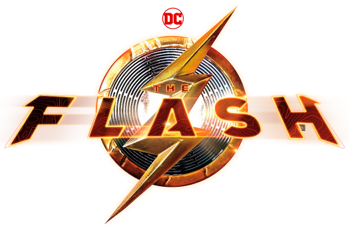











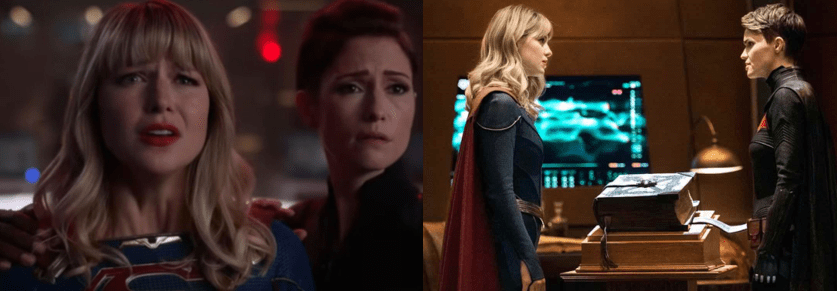
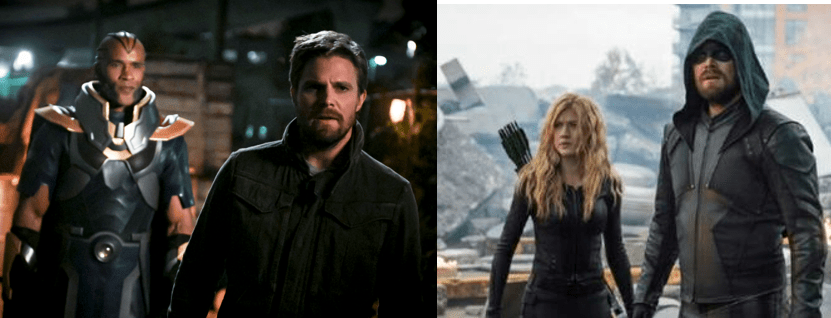


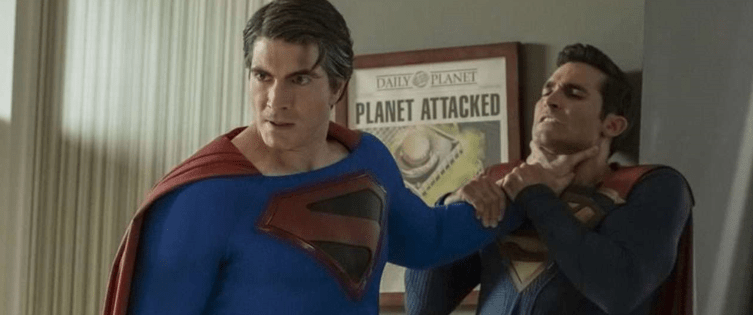


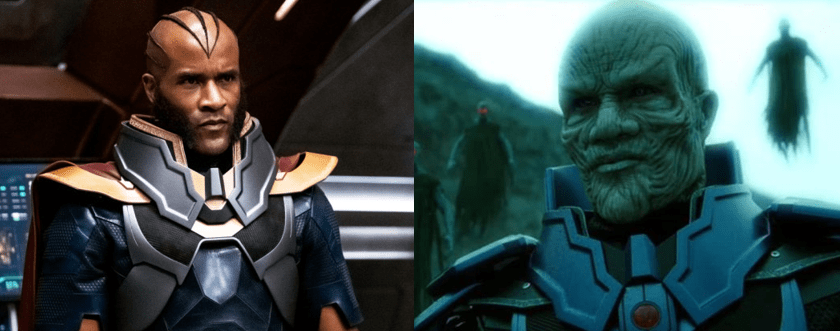

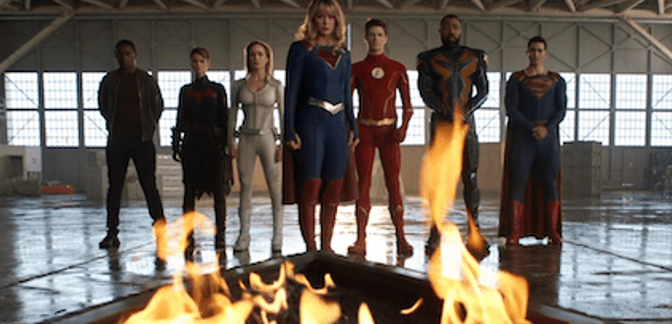

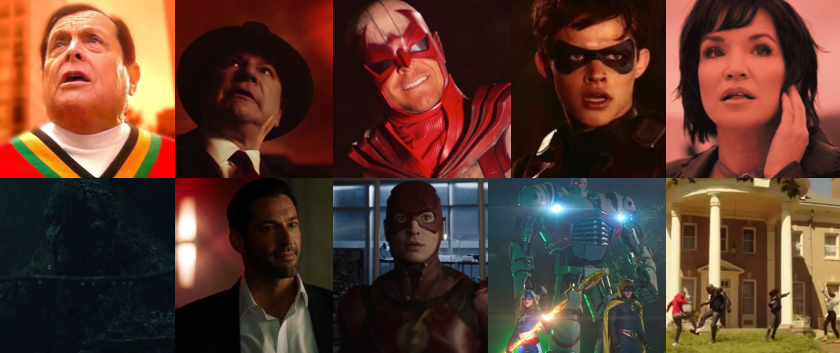




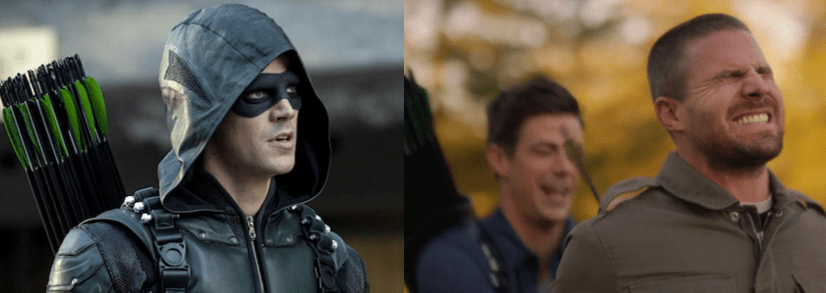


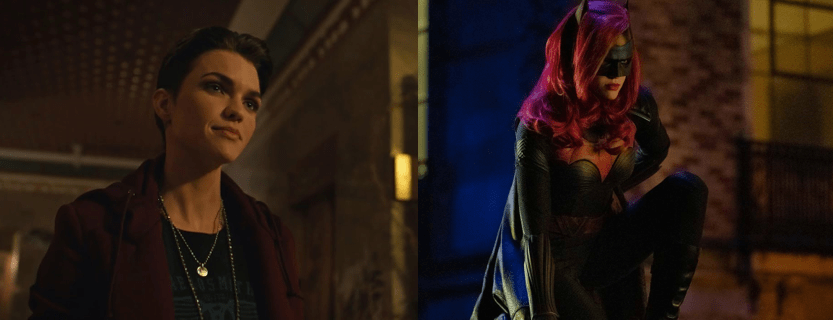
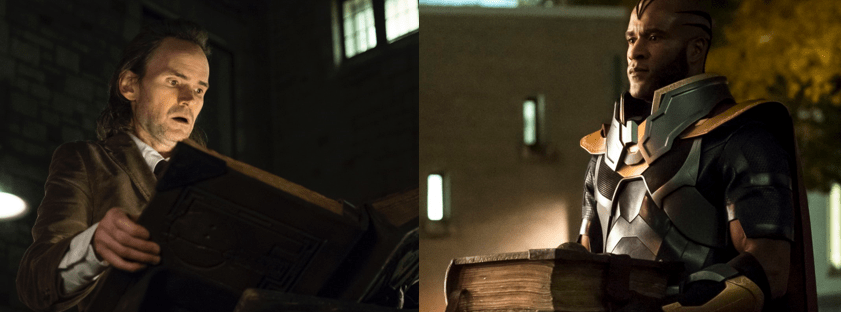

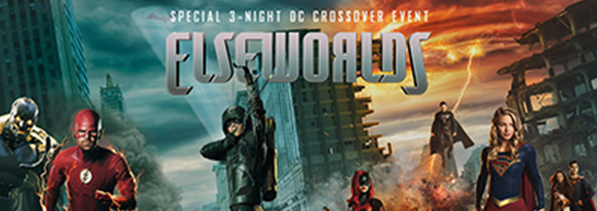

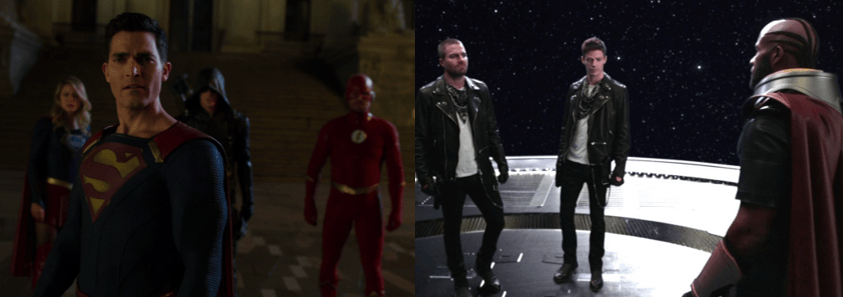

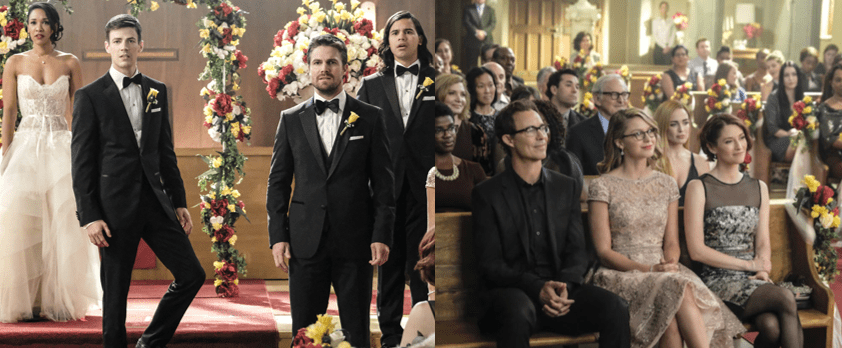












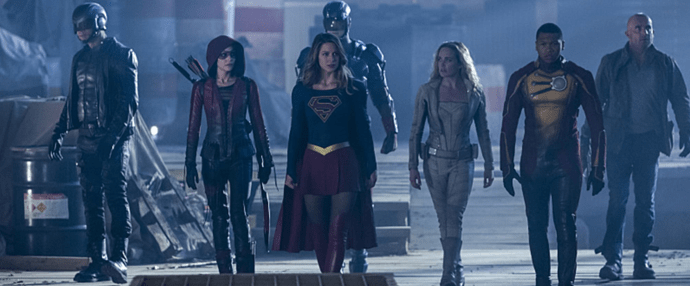
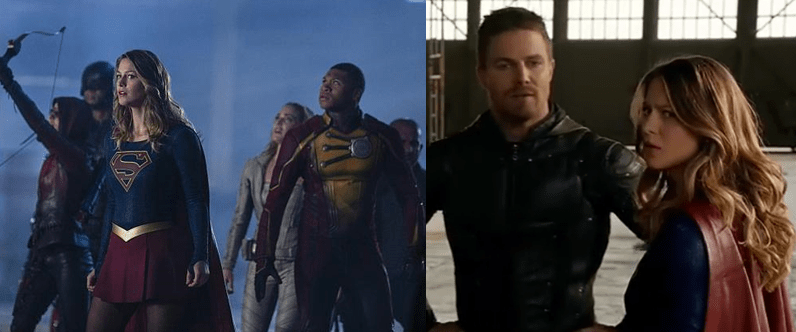
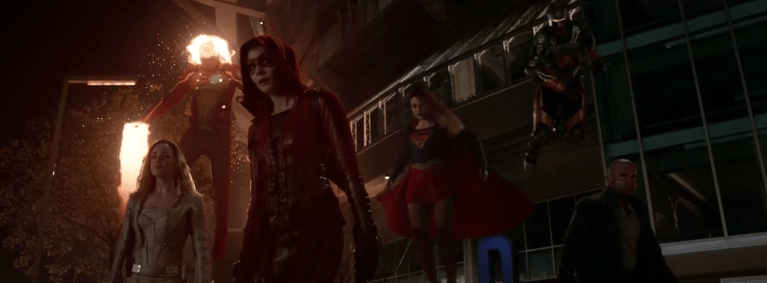
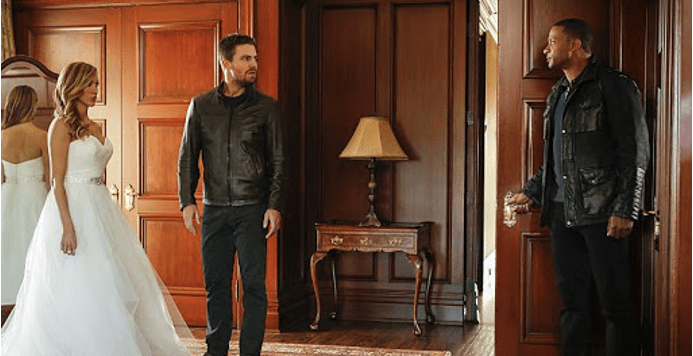



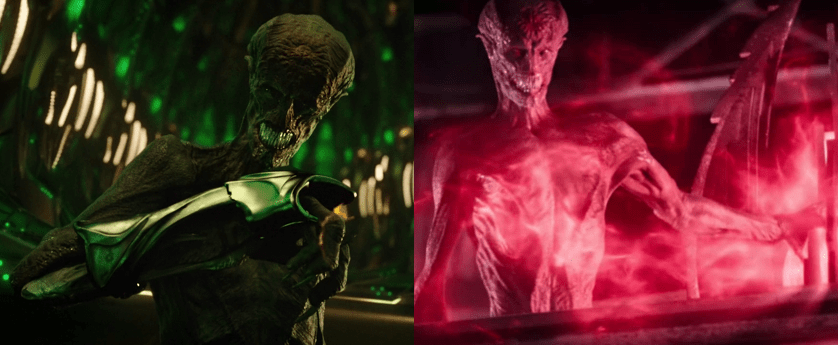

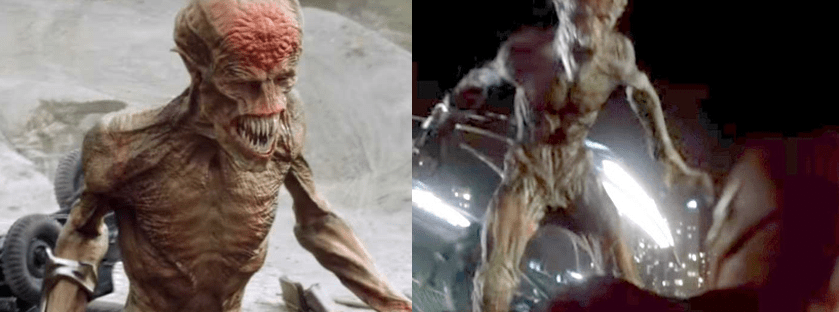




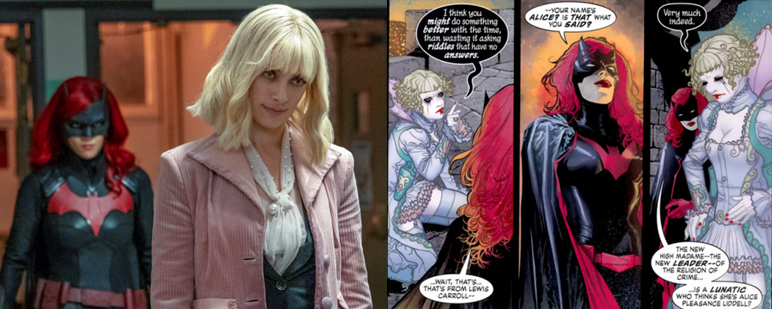







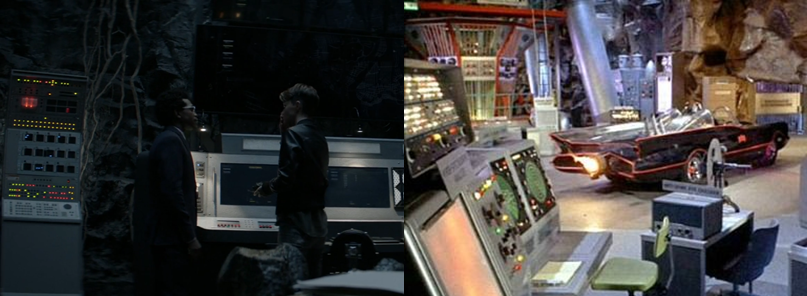

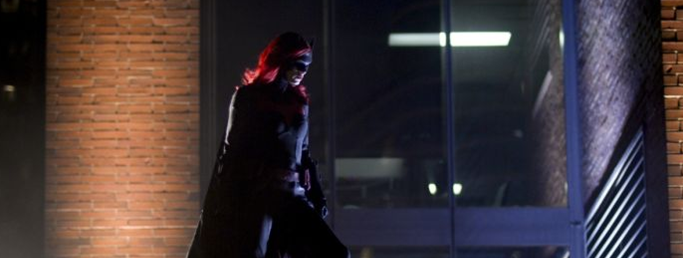



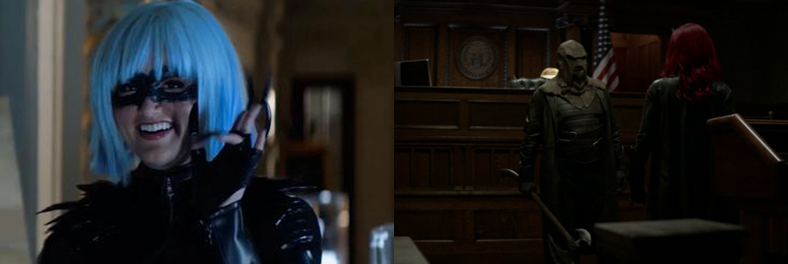


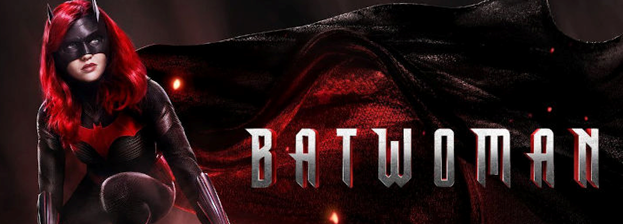
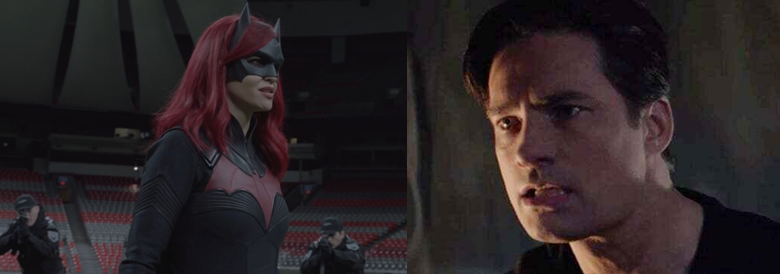








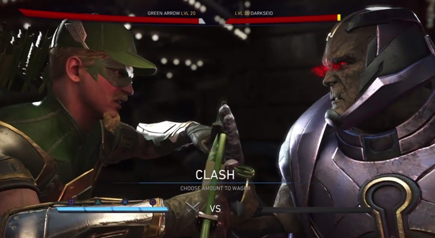
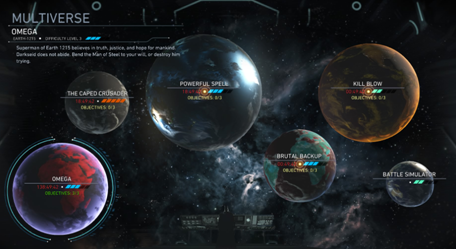




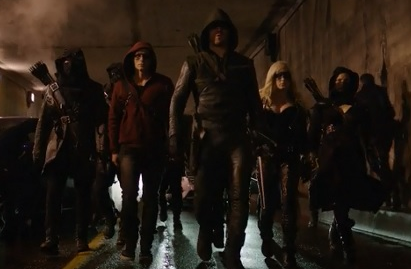



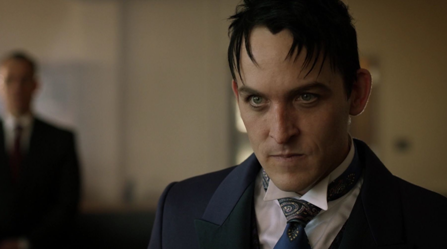
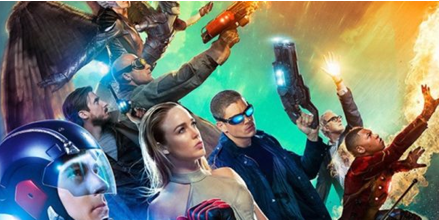

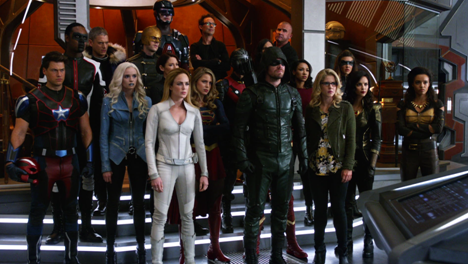

You must be logged in to post a comment.